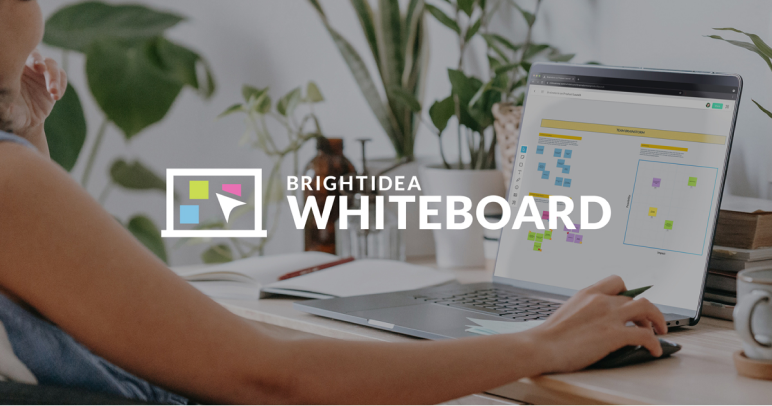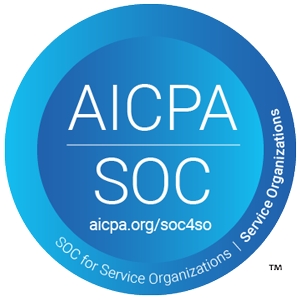
Idea Management for Ideation Facilitators
Idea Management for Ideation Facilitators

For meetings both in-person and online, ideation facilitators face the same daunting challenge: after you’ve led a planning session, a brainstorm, a workshop, or any other meeting that generates ideas, everyone leaves, and you’re left to collect the output. If you fumble the collection step after a meeting, you squander the value of the gathering; for some meetings, that can mean losing thousands of dollars if you calculate the hourly cost of the attendees or the potential loss of the innovation solutions identified.
The Meeting is Just the Beginning
It’s easy to focus on the most visible part of an ideation facilitator’s role: running the meeting. That’s unquestionably a critical skill for an ideation facilitator, but just as important is what happens after the meeting when the participants have departed. “The meeting facilitation best practices for after the meeting is to ensure there’s a process for playback and reporting to synthesize the information gathered from the meeting so that your team can implement the knowledge effectively,” says Douglas Ferguson, a Master Ideation Facilitator and President of Voltage Control. “What decisions were made? What are your next steps? How can you apply what was learned in an impactful way? What tasks are still outstanding? An ideation facilitator curates and organizes all of the important findings, shares them with the team, and helps to set you up for future success.”
Finding Order in the Chaos
After a successfully facilitated meeting, you’re likely to confront whiteboards, sticky notes, chart paper, and other materials chock-full of ideas. The same holds for online-only meetings with digital whiteboards, collaborative documents, wikis, and the chat window of your online meeting provider. And if you’ve just facilitated a hybrid meeting, you’ll have ideas strewn across both the analog and digital landscape.
To organize the results of a meeting, some ideation facilitators use spreadsheets, some employ documents, and others use any one of myriad applications to gather ideas. These options may function to collect ideas, but they aren’t designed to do much more. Nothing’s more disheartening to a participant than never seeing an outcome from the time they spent working through a business problem and solutions—it’s on you, as the ideation facilitator, to not just collect the ideas but then allow them to be evaluated and prioritized so that the best ideas can move forward and become actionable.
A digital whiteboard tool not only allows you to collect and organize the concepts in the digital space, but you can also import ideas that may have been generated in a physical environment, truly creating a centralized location for your team’s efforts.

Ensure the Best Idea Wins
Once you’ve collected the ideas, the same software can help you evaluate, prioritize, and track the ideas. Such a holistic approach will speed your time to results following a facilitated session, meaning no more hours of sorting through physical stickies, excel sheets, and personal notes. But it also, more critically, helps add transparency and visibility into the session’s outcome, ensuring that no ideas go missing, so that the best idea can win.
Read More:

